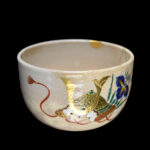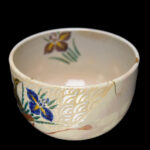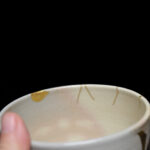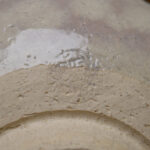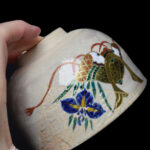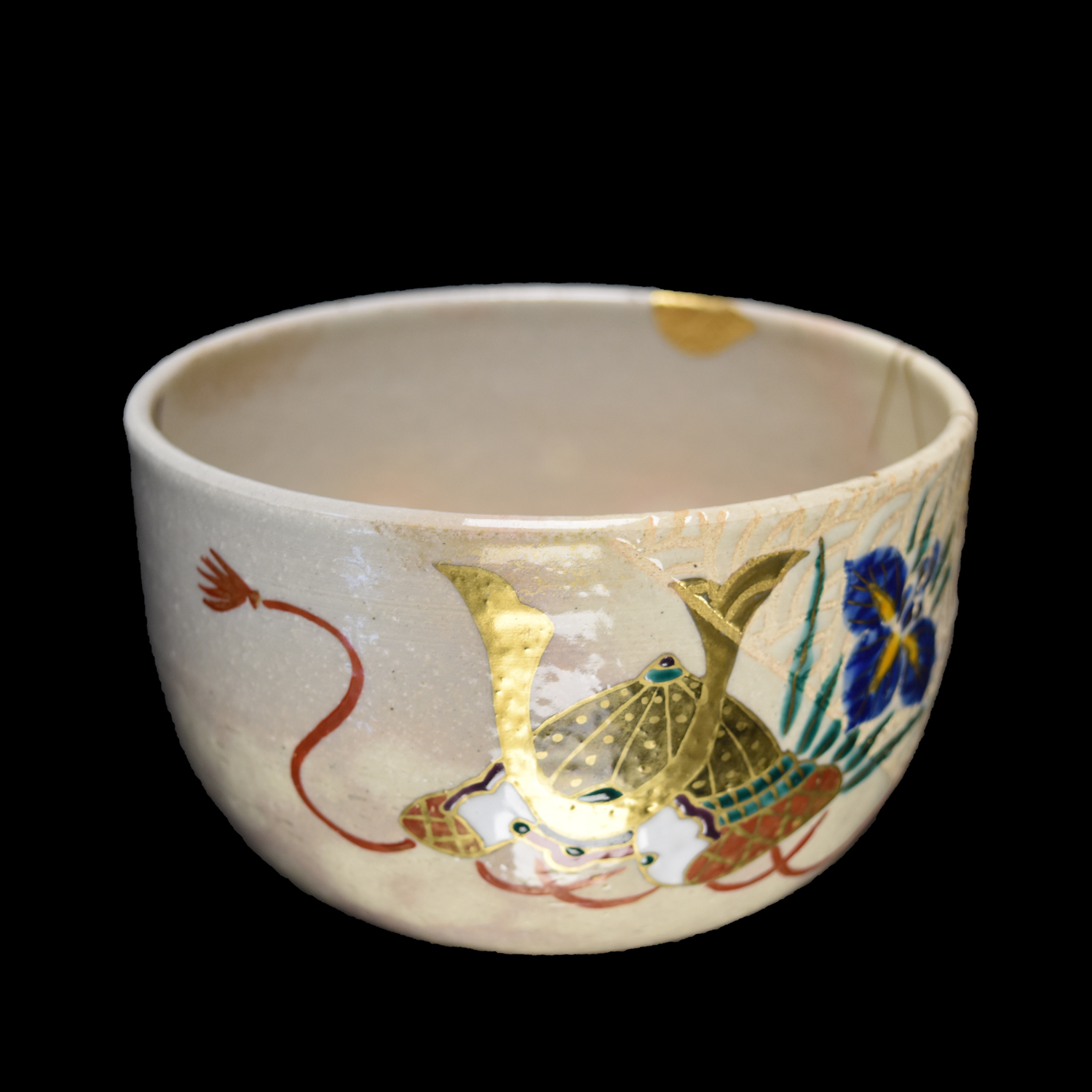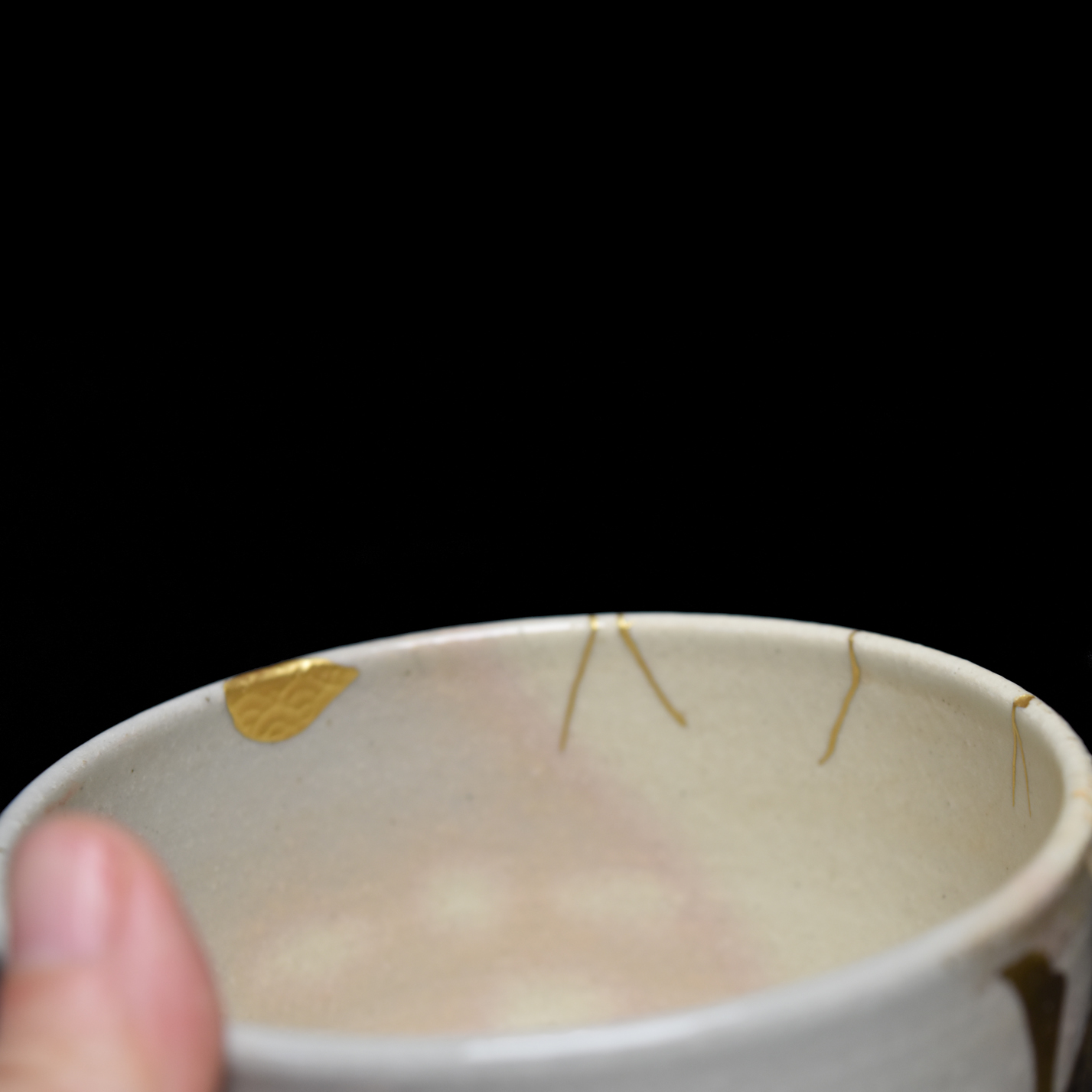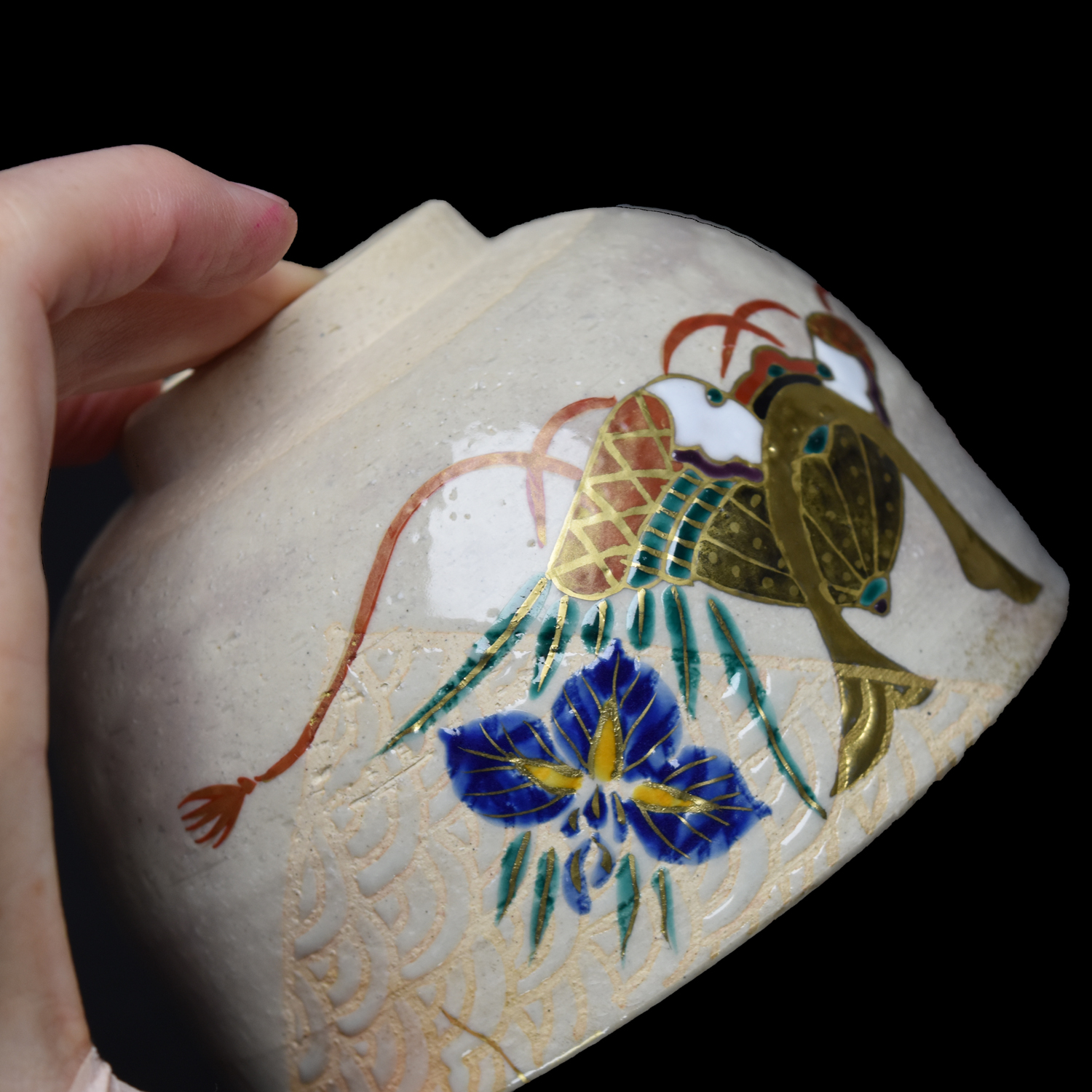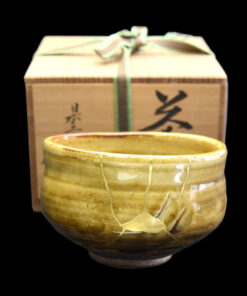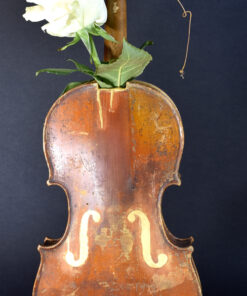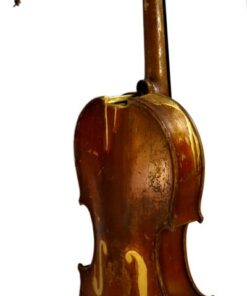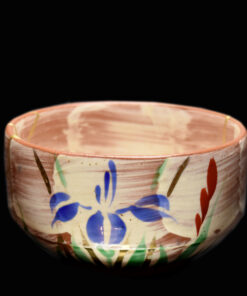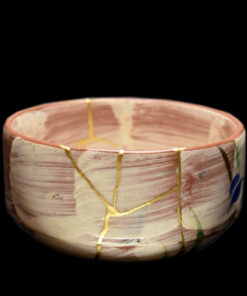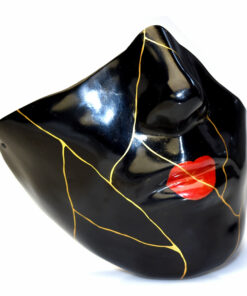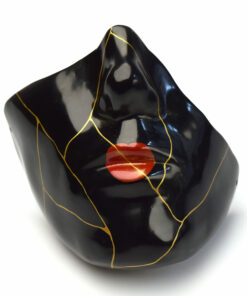Kyo chawan with Kabuto and Iris
500 € VAT excl.
In stock
For express shipping please contact us before purchase as prices are difficult to calculate automatically on the website.
This superb piece is emblematic of Kyoto ceramics from the Edo period (17th to 19th century).
It is a “Kyō Yaki” bowl, a style of ceramics born in the heart of Japan’s imperial capital, where the best potters and most precious materials were to be found. That’s why the pieces created in this style are so fine, with elegant hand-painted motifs and often enhanced with pure gold details.
Kyō Yaki ceramics are inextricably linked with the rise of tea culture in Japan: artists vied with each other in creativity to decorate the bowls (chawan) then used in the tea ceremony. This refined chawan, 11 cm in diameter and 7.5 cm high, is a fine example.
Kyō Yaki chawan and their graceful motifs are particularly sought-after by enthusiasts past and present. Whether to contemplate them, use them again as part of a tea ceremony, or use them to enjoy any other type of beverage: indeed, kintsugi is the only restoration technique compatible with food use.
This unique, hand-painted piece is enhanced by a 24-carat gold kintsugi restoration and a Takamaki-e (gold embossed decoration) featuring the wave motif on the chawan.
Myriam’s view:
I particularly like the iris and kabuto decoration on this chawan. The tea ceremony is perfectly mastered by the samurai, which is why we find their helmet, the Kabuto, on this bowl. The iris represents virility, and its petals symbolize katana blades. This chawan is therefore very masculine and pays tribute to the famous Japanese warriors.
| Origin | Kyoto, Japan |
|---|---|
| Food Safe | Yes |
| Certificate of Authenticity | Provided |
| Color | Cream |
| Materials | 24 carats Gold, Japanese sandstone, Urushi (Japanese lacquer) |
Related products
Traditional Japanese Kintsugi

